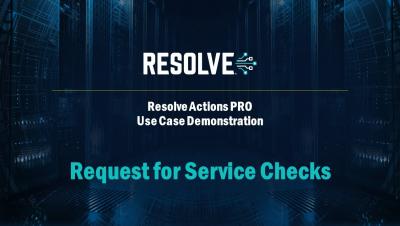Simplicity Just One Click Away: Automating the Many IT Tasks of Employee Offboarding
There’s an unfortunate mistake that’s too often made when the relationship between an employee and their employer ends, and when the offboarding begins: processing the termination steps too quickly and disregarding the importance of the employee’s last few days, which can mean that behind-the-scenes procedures, like those in IT, aren’t carried out so well.




